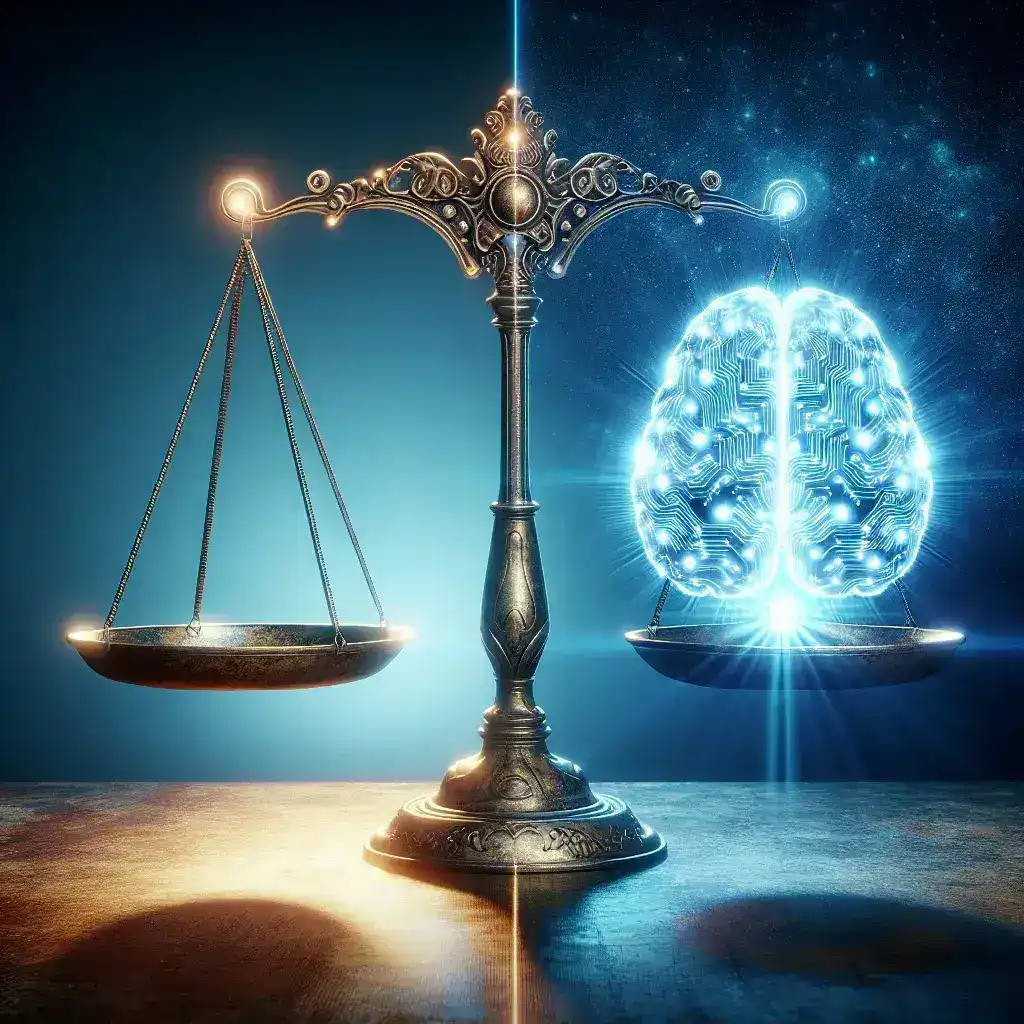Introduction
As artificial intelligence (AI) continues to evolve at an unprecedented pace, a significant gap emerges between technological innovation and the legal frameworks intended to regulate it. This article delves into how universal legal frameworks are struggling to keep pace with AI advancements, examining the implications of this lag and the potential paths forward.
The Rapid Growth of AI
AI technologies are not merely enhancements; they represent a paradigm shift in how we approach tasks, decision-making, and problem-solving. From machine learning algorithms that predict consumer behavior to natural language processing systems that revolutionize communication, AI is deeply integrated into various sectors, including healthcare, finance, and transportation.
Historical Context
To understand the current landscape, it is crucial to reflect on the history of AI development. The inception of AI dates back to the 1950s, but it has only been in the past two decades that we have witnessed exponential growth. The introduction of powerful computing resources, vast datasets, and advanced algorithms has catalyzed this progression. Yet, while technology has surged forward, legal frameworks have remained largely stagnant.
The Legal Lag
The legal frameworks that govern technology stem from complex legislative processes typically ill-suited to the rapid evolution of AI. As a result, laws often become outdated almost as soon as they are enacted. This legal lag creates a myriad of problems:
- Unclear Liability: When AI systems cause harm, determining liability can be challenging. If an autonomous vehicle is involved in an accident, who is responsible—the manufacturer, the software developer, or the owner?
- Data Privacy Concerns: The rise of AI has amplified concerns surrounding data privacy. Current regulations often do not account for the ways AI systems collect and analyze personal data.
- Intellectual Property Issues: As AI systems generate content, questions arise regarding ownership. Who owns the rights to a painting created by an AI?
Global Perspectives
Different countries have approached AI regulation in various ways. The European Union, for example, is working towards comprehensive AI regulations, while the United States has taken a more fragmented approach. These disparities create challenges in international cooperation and compliance.
Examples of Legal Frameworks in Action
Several countries have made strides in addressing AI-related legal issues. In 2021, the EU proposed the Artificial Intelligence Act, aiming to regulate AI based on risk levels. This initiative signifies an evolving recognition of the need for legal frameworks that can adapt to technological advancements.
Future Predictions
Looking ahead, it is likely that as AI continues to proliferate, we will see a concerted push for more cohesive international standards. However, achieving agreement among nations with diverse legal systems and cultural contexts will be a formidable challenge.
Pros and Cons of Current Legal Frameworks
While existing legal frameworks serve foundational purposes, they also come with significant drawbacks:
- Pros:
- Establishes a baseline for ethical AI use.
- Protects consumer rights.
- Provides a framework for accountability.
- Cons:
- Inflexibility in adapting to rapid technological changes.
- Potential for stifling innovation due to excessive regulation.
- Inconsistent application across jurisdictions.
Addressing the Legal Lag
To bridge the gap between AI innovation and legal frameworks, several approaches can be employed:
- Dynamic Legislation: Laws that can be updated or amended quickly in response to technological changes will better align legal standards with AI advancements.
- International Collaboration: Establishing global standards through cooperation among nations can facilitate a unified approach to AI regulation.
- Public Consultation: Involving stakeholders, including tech companies, legal experts, and the public, in the legislative process can lead to more effective regulations.
Real-World Examples of Innovation Outpacing Regulation
Several instances illustrate how innovation has outstripped legal frameworks:
- The rise of cryptocurrency and blockchain technologies has posed significant challenges for regulators, who struggle to keep pace with the rapid evolution of digital currencies.
- Facial recognition technology has ignited debates over privacy rights, with many jurisdictions lacking clear laws governing its use.
Cultural Relevance
AI’s impact transcends technological boundaries; it shapes cultural narratives and societal norms. As AI becomes more integrated into daily life, understanding its implications on culture and ethics will be crucial. Legal frameworks must reflect societal values while ensuring innovation continues unhindered.
Expert Opinions
Experts in the field of law and technology emphasize the need for adaptability in legal frameworks to keep pace with AI. As noted by renowned tech law scholar, Dr. Jane Smith, “The law must evolve alongside technology, or we risk creating a society where innovation is stifled by outdated regulations.”
Conclusion
The gap between AI innovation and universal legal frameworks poses significant challenges. As we navigate this uncharted territory, it is imperative to develop flexible, inclusive legal structures that accommodate the rapid evolution of technology. Without proactive measures, we risk entering a future where the benefits of AI are overshadowed by legal uncertainty and societal discord.

